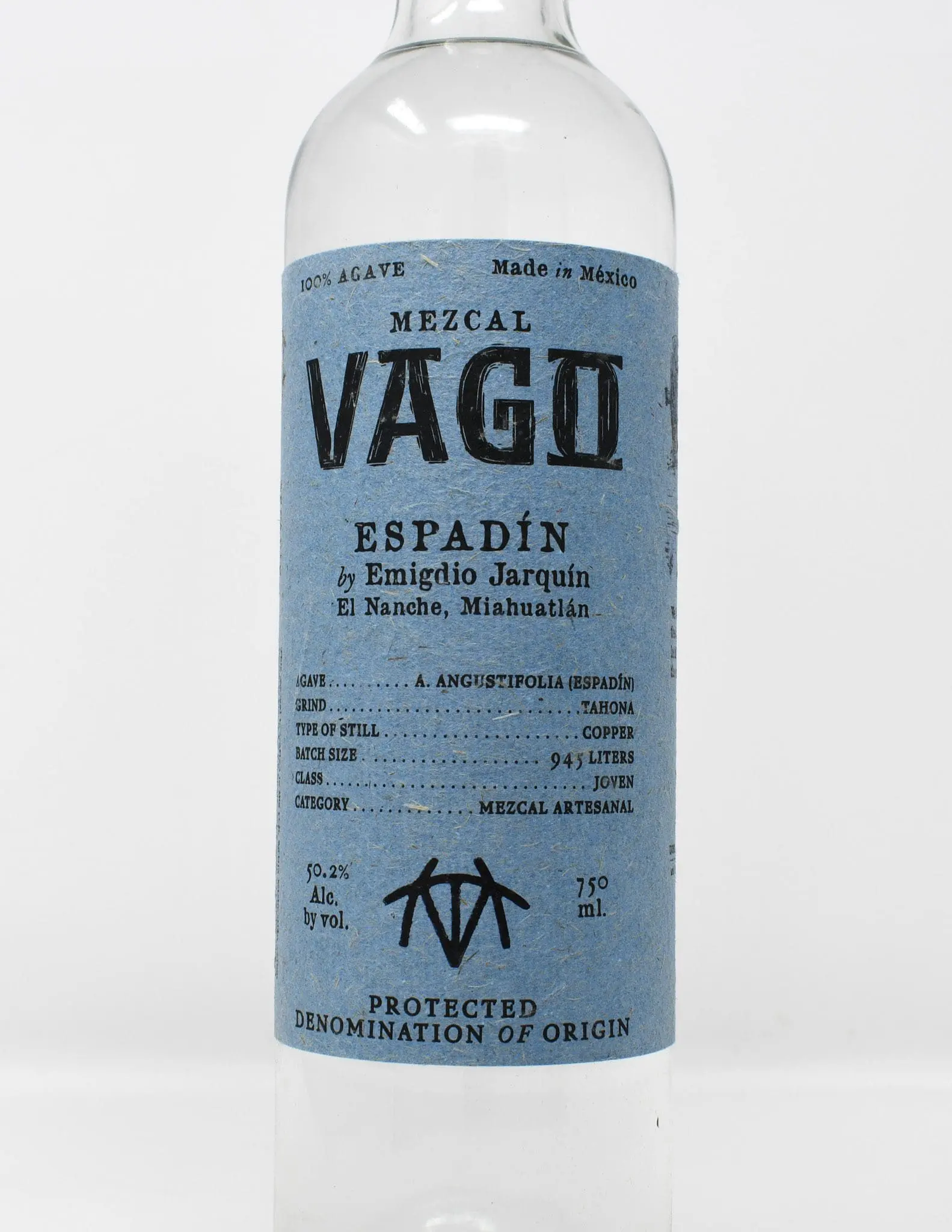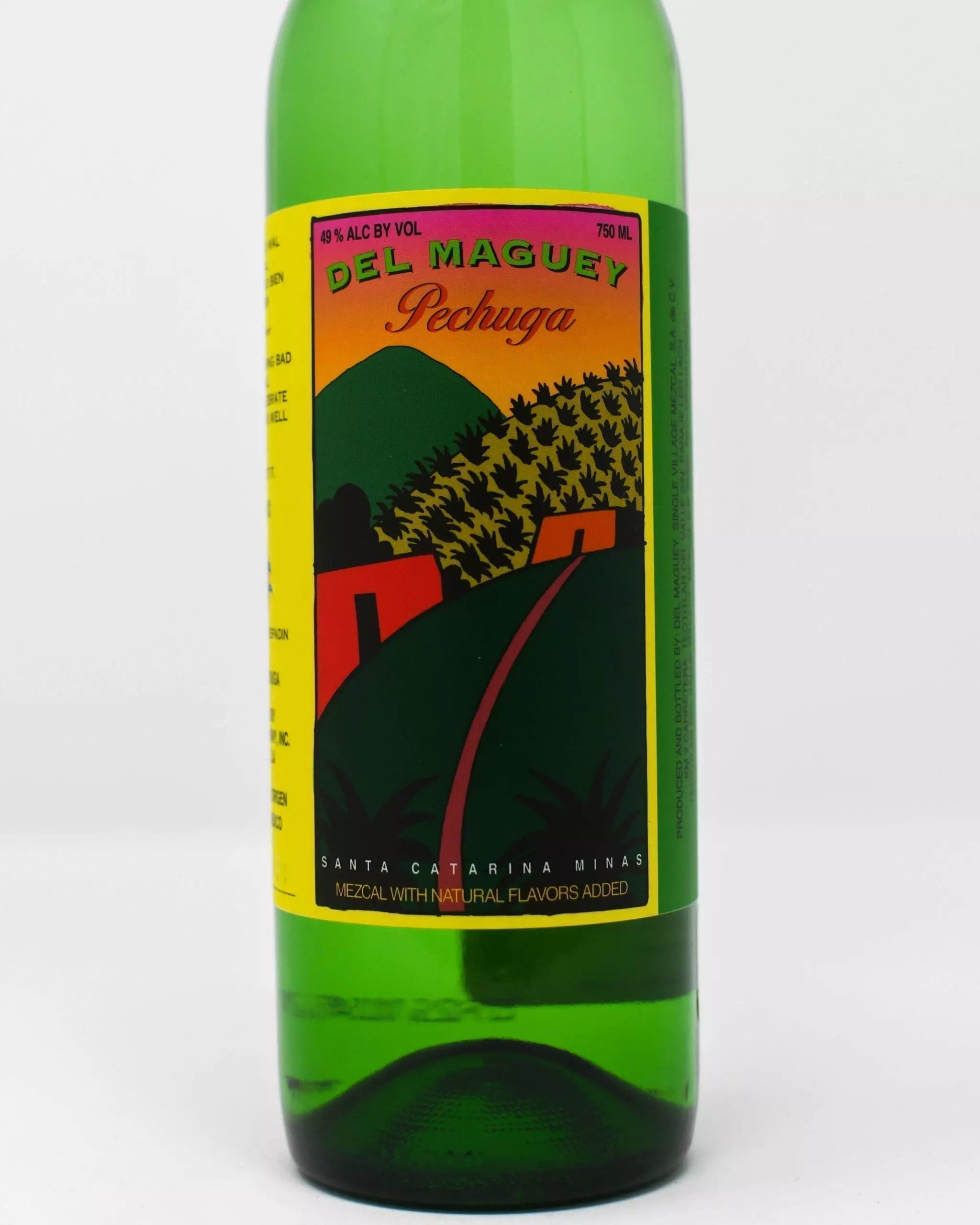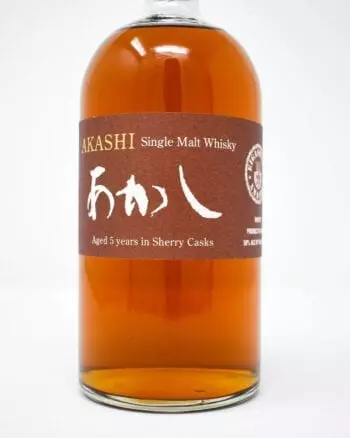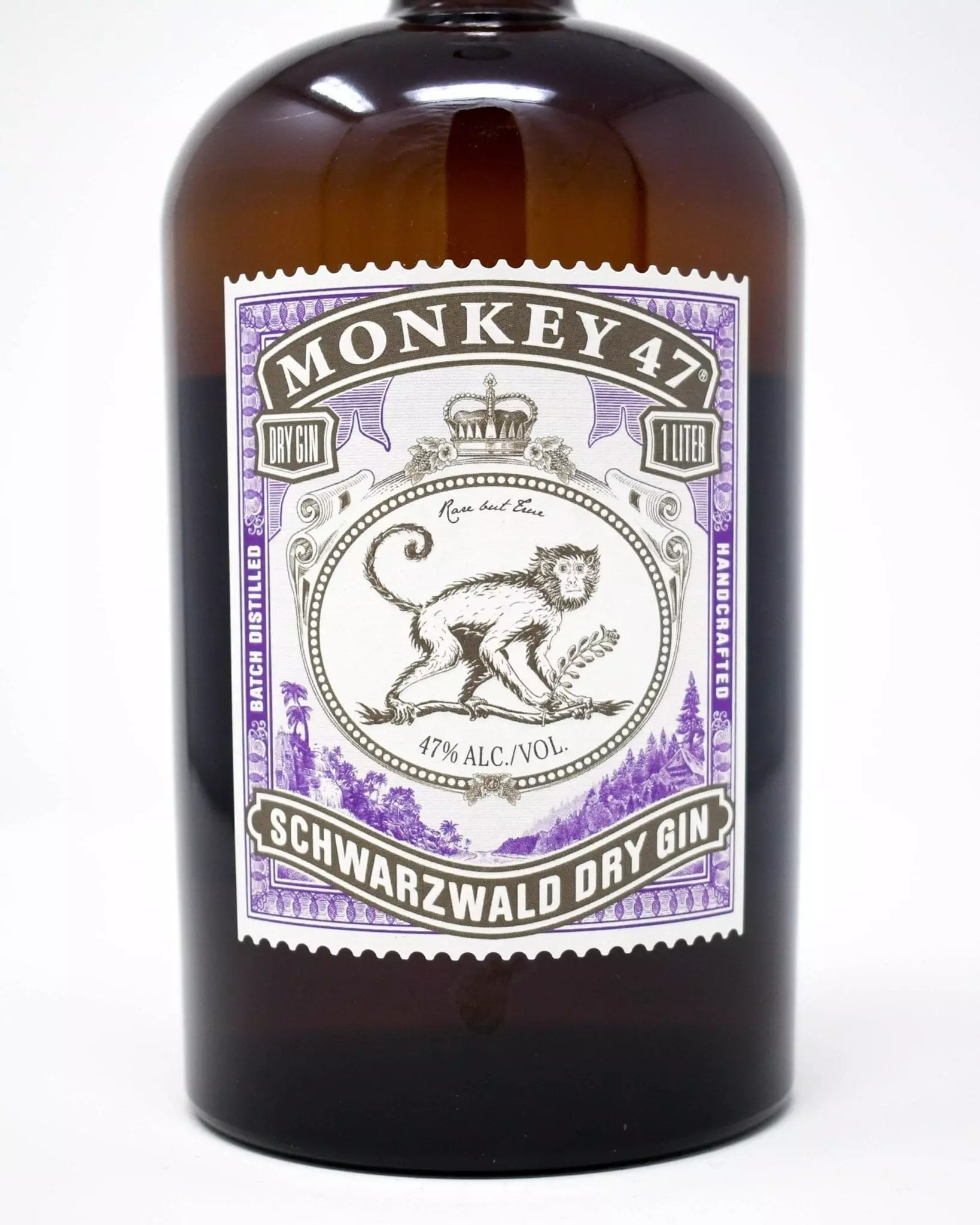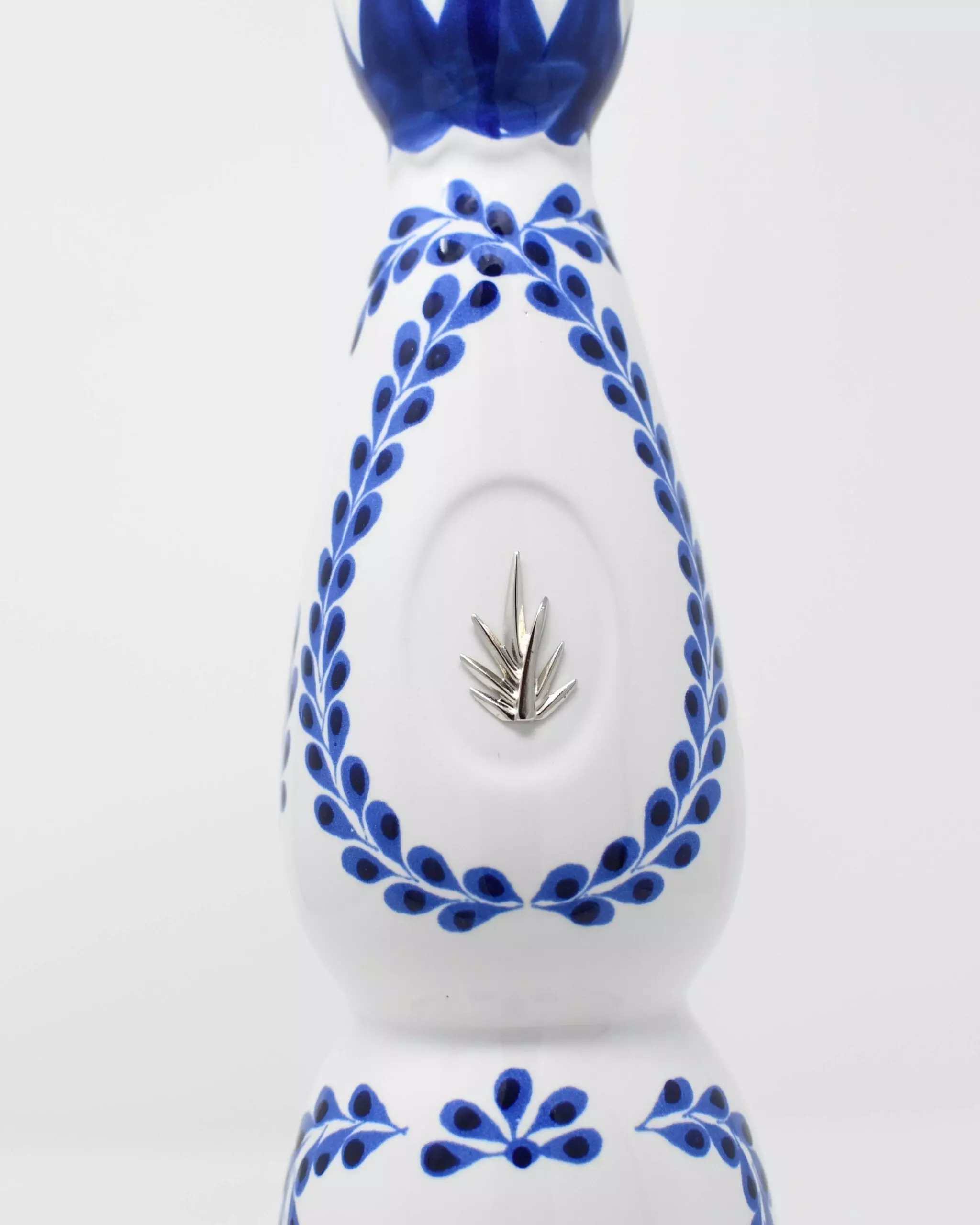Mezcal Vago, Espadin (Emigdio Jarquin), 750ml
$77.00
Mezcal Vago, Espadin (Emigdio Jarquin), 750ml
$77.00
This mezcal is crafted in the rich, fertile Miahuatlán valley, remotely located a 2.5 hours’ drive south of Oaxaca City at 4,970 ft elevation. A wonderful expression of a saline and mineral-driven style that has become one of the most highly awarded mezcals in history.
Out of Stock
Emigdio Jarquin distills outside of Miahuatlán de Porfirio Díaz. Miahuatlán is a historically important town in mezcal production as well as where both Aquilino and Tío Rey’s families emigrated from.
Emigdio’s land is in the Nanche district of Miahuatlán de Porfirio Diaz (16°23’51.4″N 96°33’03.5″W), about 2 ½ hours directly South of Oaxaca City. The palenque sits at around 4,970 ft., among gently rolling hills and shallow arroyos in an arid climate. In the surrounding area grows Agave Espadín, Mexicano Verde, Tobalá, Tepeztate, Arroqueño, Pulquero, Madre Cuixe, and Bicuixe (Cuixe).
Mezcal goes back in his family at least three generations, Emigdio having learned it from his grandfather. Their horno is a conical pit dug into the earth, which can hold up to 7 tons of Espadin. Emigdio usually roasts his agave for 5-7 days, which is on the longer end of an average roast. He then lets it rest in the sun to cool for one to two weeks
Emigdio uses a cement tahona lined with rocks and pulled by mule to crush their agave. Once crushed, they use four Ocote wood fermentation vats with volumes of 1,470, 1,600, 1,600, and 1,700 liters, which usually take around three days to ferment to completion.
For most agave, distillation is done in a 300 l. copper still, with each batch taking two distillations. However, for Madrecuishe, Emigdio adds a refrescador to his still. Refrescador is a technique that is common to the area surrounding Miahuatlan, but one that Vago has never used before. The still looks similar to a copper alembic still with a stainless steel cylinder surrounding it. This cylinder is then filled with water, allowing it to cool the upper part of the still. This upper chamber now acts as a condenser and sends the alcohol vapor back down into the boiler before being heated again and passing out of the still and into the condensing coil. This method essentially allows for two distillations during a single pass through the still. Cuts are made using a carrizo to test for ABV as well as taste and smell. A full capacity 300 l. still will produce, on average, 100 l. of mezcal in roughly 14 hours.
A full roast of 7 metric tons ( 1 ton = 2,204 lbs.) will produce up to 700 l. of mezcal depending upon the which agave is being used. ABV is then adjusted by using colas that have been rested with distilled water in order to preserve taste and mouthfeel. Like all Vago mezcal, Emigdio’s goes through a simple sediment filtration through a tubular cellulose filter before bottling. The bottling is done by hand in Oaxaca City. The very light filtration is the only way the mezcal is affected between when it was made on the palenque and how it ends up in the bottle.
Additional information
| Liquor |
|---|
